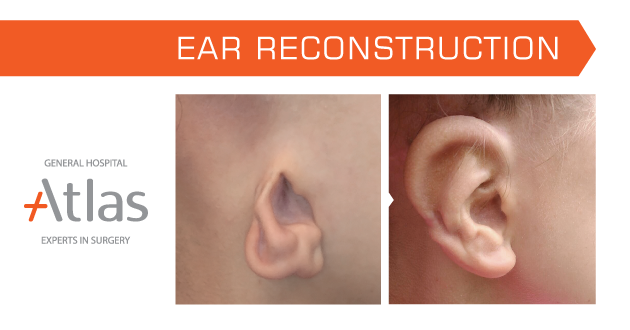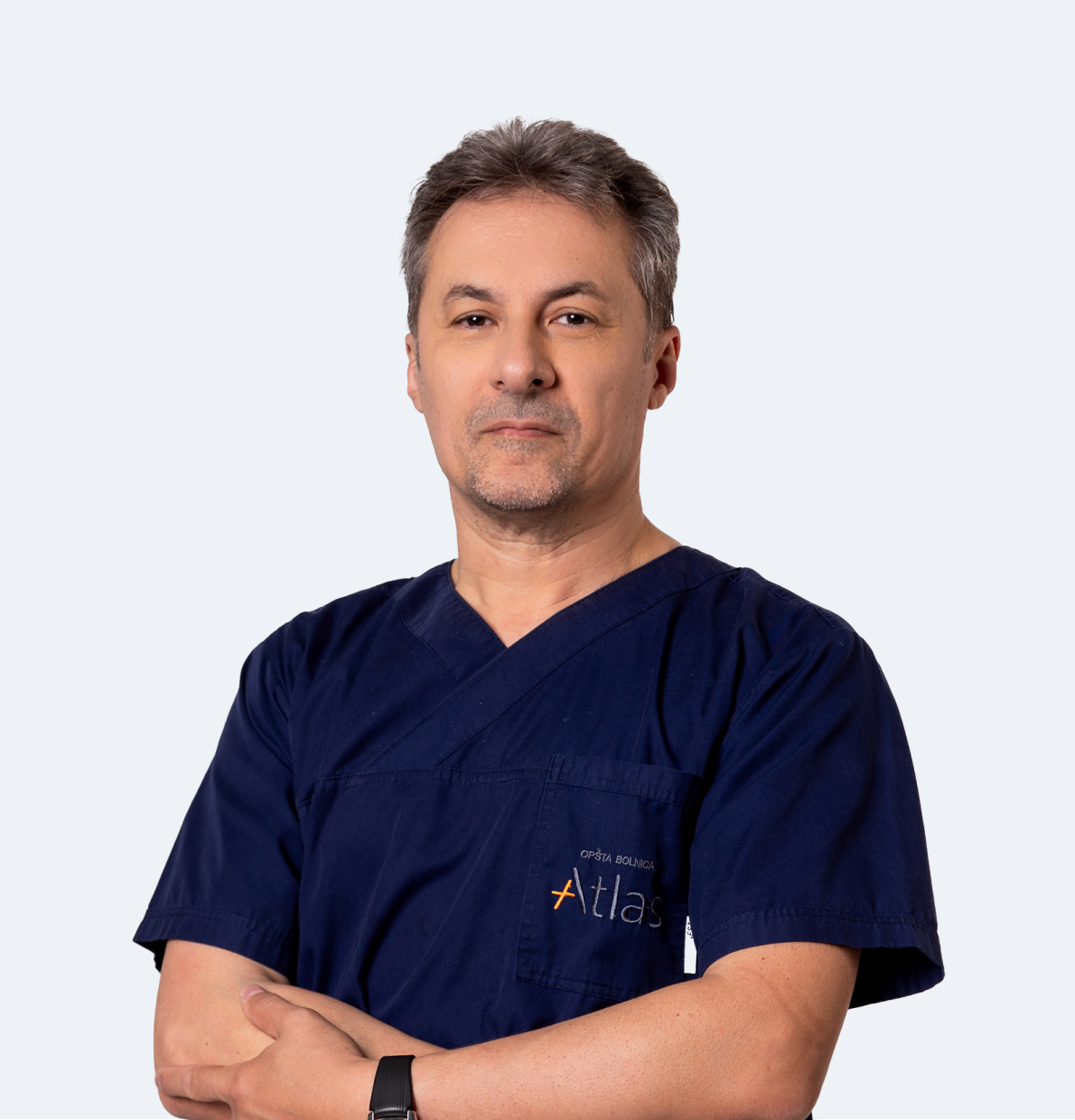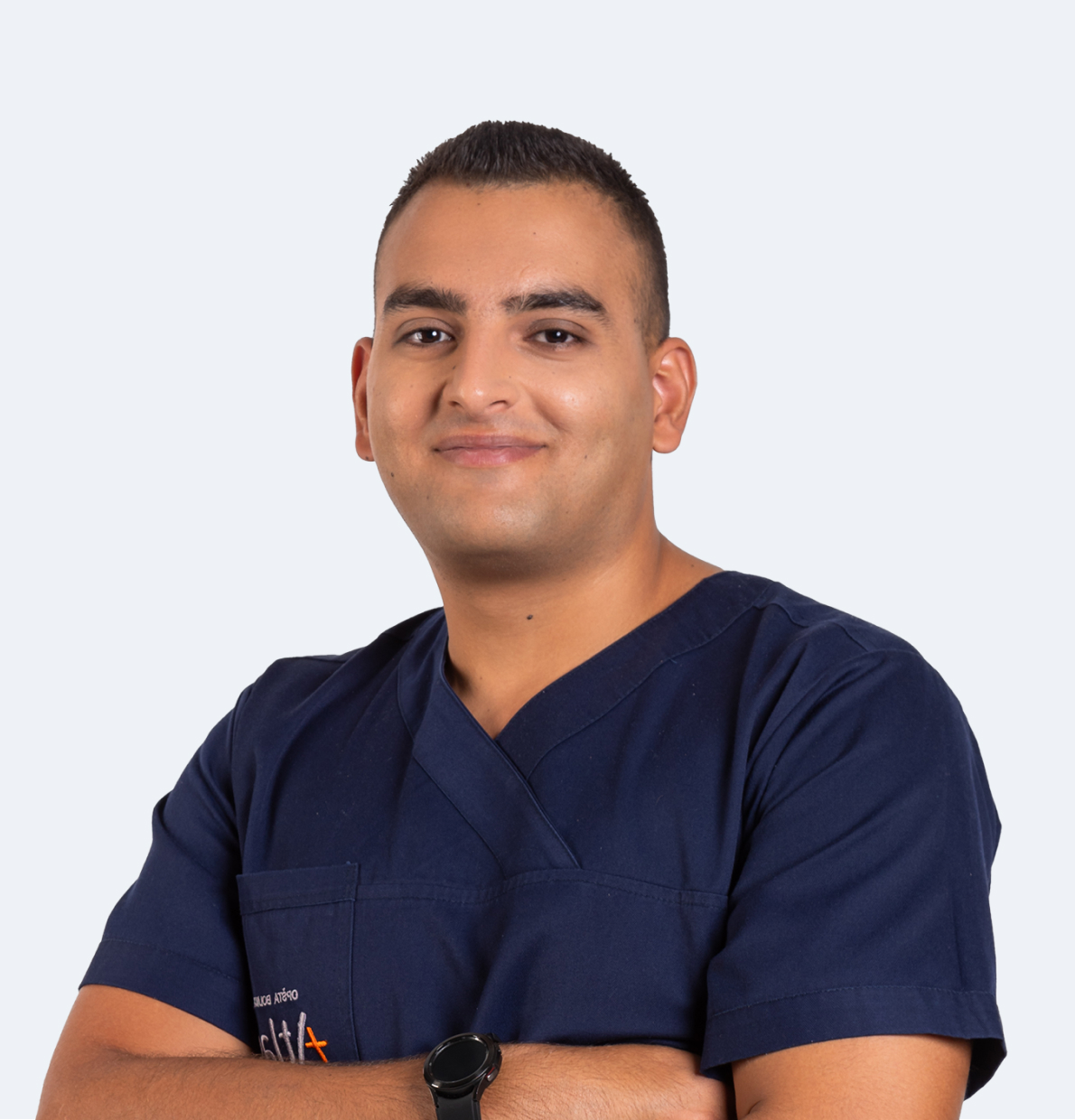Ear deformities can lead to reduced self-confidence, both in children born with such deformities (microtia) and adults who have partially or completely lost their ear due to trauma. The lack of such an important organ effects the aesthetics of the entire face.
The best solution for such patients is ear reconstruction, one of the most complicated procedures in plastic surgery. Few surgeons in the world perform this procedure. Since recently, this surgery is available in Serbia and in Atlas hospital.

Microtia – most common cause of ear deformities
One out of 7000 children in the world is born with an ear deformity (microtia) or without an ear (anotia). This deformity is more common in boys. In most cases, only one ear is affected while the other one enables the child to hear and properly develop speech.
The encouraging news is that there is a surgical solution that will give the child a natural look. If the child can hear and speak, there is no need to undergo canaloplasty (drilling the ear canal). This will not significantly improve the functionality of the ear and can prevent the plastic surgeon from ever being able to reconstruct the ear itself.
Autologous ear reconstruction – the best solution
Three types of ear reconstruction are available in the world. Ear prothesis can be a good solution for adults who have lost their ear due to trauma or tumors. However, the result is not a fully natural look and this solution is not suitable for children as the prothesis can fall off during play. The second option is ear reconstruction with an artificial implant. This will give a good shape but is also associated with a high risk of complications including implant rejection. The best surgical solution is autologous ear reconstruction – the patient’s own rib cartilage is used to create the ear. There is no possibility of rejecting this type of natural implant and in the hands of a trained and skillful surgeon, the rib cartilage can be shaped into a perfectly natural ear.
A natural ear in two stages
Autologous ear reconstruction is a two-stage surgery. In the first stage, a surgery that lasts between five and seven hours, the surgeon will harvest the rib cartilage, mold it into the ear framework and position it into a specially prepared pocket under the skin (the ear will have a natural shape but will temporarily remain fully attached to the head). In the second stage, which occurs at least six months after the first stage, the ear is partially elevated from the head.
To undergo this surgery, the child must be at least eight years old and have a rib cage circumference of at least 60 cm. At this age, the child’s normal ear has reached the size of an adult ear, the rib cartilage is large enough to perform the ear reconstruction and patients are mature enough to want to undergo this type of surgery.
Every ear deformity is different. Therefore, the surgical approach has to be individually tailored to each patient. Our team, led by doctor Aleksandar Urosevic, is guided by the surgical principles of doctor Francoise Firmin from Paris, the world’s leading expert in ear reconstruction. Dr Urosevic completed a nine-month fellowship with doctor Firmin during which he trained to perform this type of surgery.




